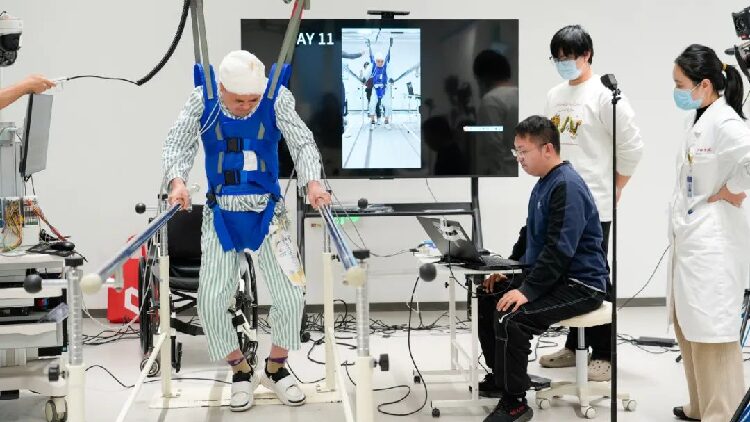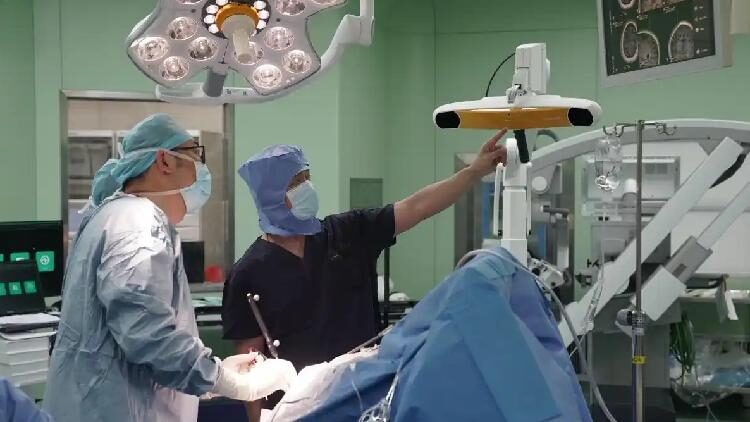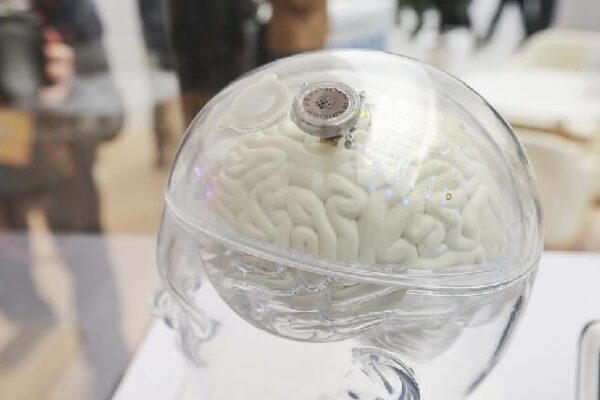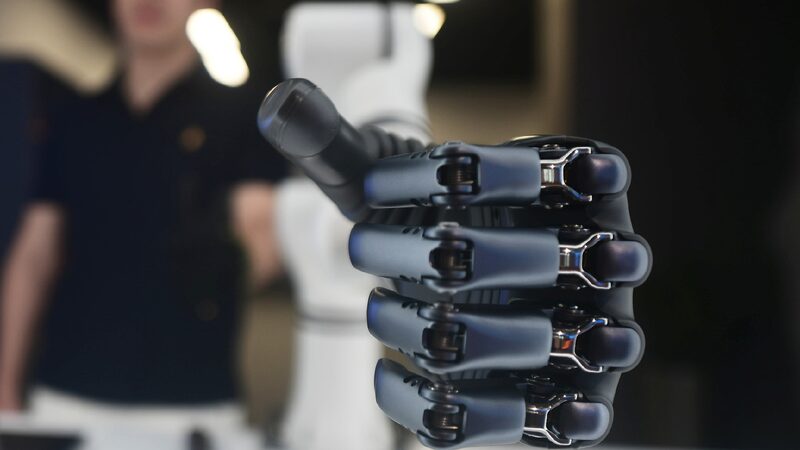A team of Chinese scientists has achieved a medical breakthrough by helping a paralyzed man regain the ability to stand and walk within 24 hours after surgery. The minimally invasive “brain-spine interface” (BSI) procedure was performed at Shanghai’s Zhongshan Hospital, marking the world’s first successful BSI surgery enabling a person with total paraplegia to walk again.
The patient, a 34-year-old man surnamed Lin from south China’s Guangdong Province, suffered severe spinal injuries and a brain hemorrhage two years ago after a fall from a four-meter-high staircase. Despite extensive treatment, Lin remained completely paralyzed in his legs and relied on a wheelchair for mobility.
In January, Lin became the first participant in a clinical trial for the innovative BSI technology, jointly developed by Zhongshan Hospital and Fudan University’s Institute of Science and Technology for Brain-Inspired Intelligence. Led by Professors Wang Xin, Ding Jing, and Jia Fumin, the trial aims to evaluate the safety and effectiveness of epidural electrical stimulation (EES) in restoring motor function for patients with spinal cord injuries.
Spinal cord injuries disrupt the communication between the brain and the spinal neurons controlling movement, leading to paralysis. Professor Jia’s team pioneered a groundbreaking “three-in-one” BSI technology that creates a “neural bridge” between the brain and spinal cord. Through minimally invasive surgery, two tiny electrode chips, each about one millimeter in diameter, were implanted into Lin’s motor cortex. These chips collect and decode brain signals, delivering targeted electrical stimulation to specific nerve roots, allowing paralyzed patients to regain control of their limbs.
The entire procedure, which included both brain and spinal cord interventions, was completed in just four hours. Remarkably, with the assistance of artificial intelligence, Lin regained movement in his legs within 24 hours after the surgery.
“The most significant challenge of this BSI technology lies in decoding human movement intentions in real time,” explained Professor Jia. “If a patient wants to lift their leg but the algorithm delays even by a few seconds, the patient could fall.” After nearly three years of relentless effort, the team achieved a breakthrough in algorithm design, enabling real-time decoding of brain movement intentions.
Between January and February, the team completed three clinical proof-of-concept surgeries. Patients with severe spinal cord injuries regained the ability to control their legs and walk within two weeks.
“The treatment outcomes for these paralyzed patients met or even exceeded our expectations,” said Professor Jia. “This preliminary success demonstrates the feasibility of the next-generation brain-spine interface solution. Completing four surgeries across two hospitals proves that this technology is replicable and scalable. This is not just a technological victory but the beginning of a new life for paralyzed patients.”
The team plans to continue refining the technology, aiming to restore walking ability for more patients with spinal injuries and bring hope to millions of people and their families worldwide.
Reference(s):
China conducts 4th brain-spine interface surgery on paralyzed patients
cgtn.com








